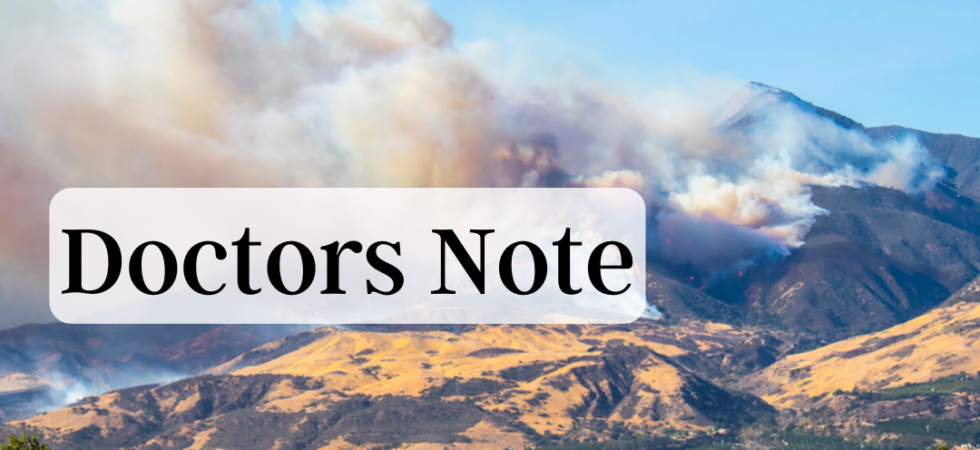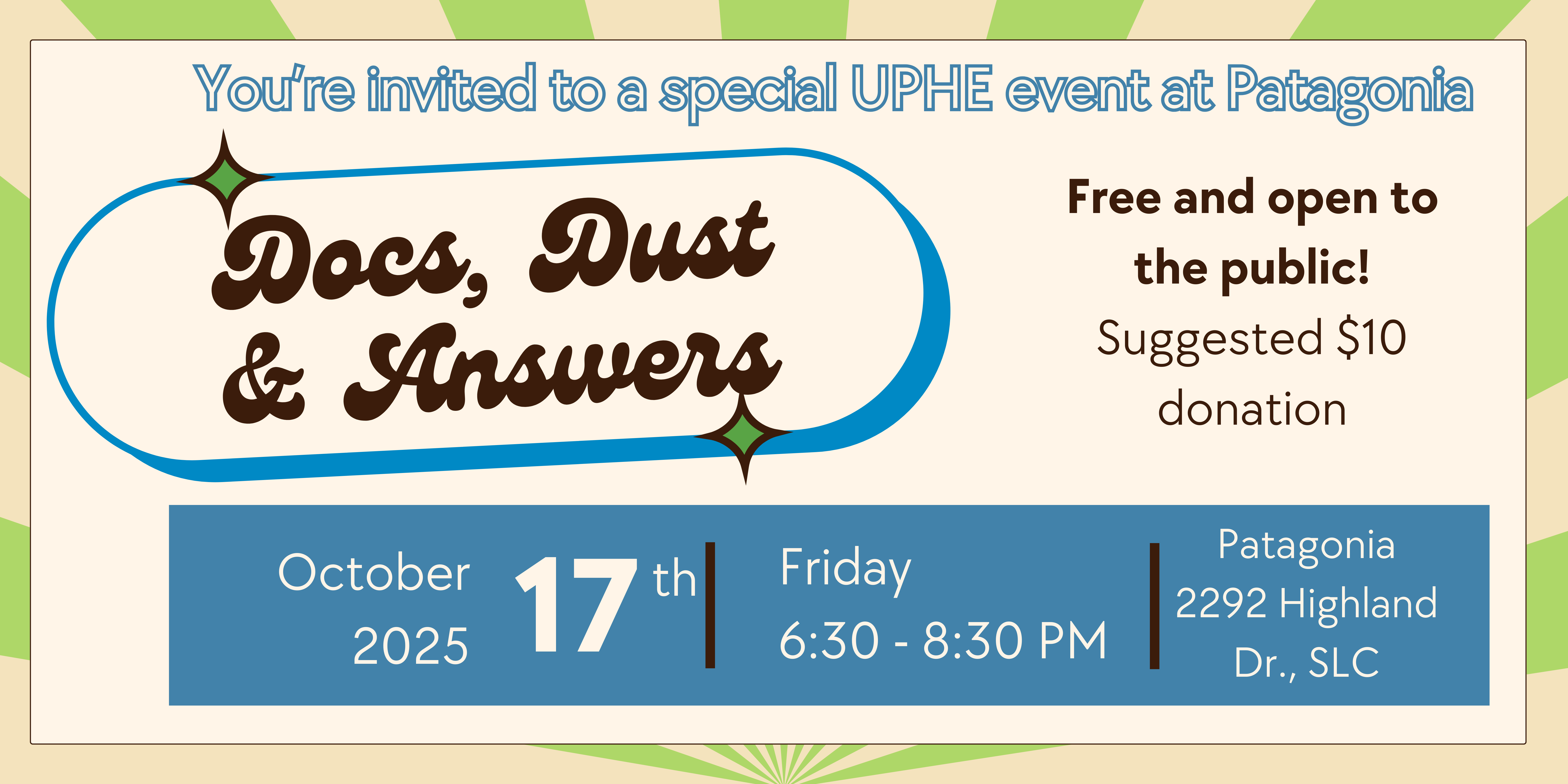Climate Change and Our Health
Climate change is real, and it’s a crisis. It is no longer a distant threat on the horizon that might occur. It is here and now. It affects all of us—our families, our friends, and our communities—on a daily basis. Some of those effects are in the air we breathe, the water we drink, the food we eat, the clothes we wear, and the personal care products we use.
Weather patterns are changing drastically. We are learning new meteorology terms that are becoming a normal part of our discourse, such as rain bombs, heat domes, atmospheric rivers, weather whiplash, and polar vortexes.
While this aspect of climate change might not get sufficient attention, it is affecting our infrastructure. Roads, bridges, train tracks, levees, and subways have all been affected by weather extremes, primarily from profound heat and overwhelming rain downpours.
We are seeing rapid intensification of hurricanes creating more damage in areas previously thought to be immune from such weather catastrophes (e.g., Hurricane Helene in 2024). The hurricane season has lengthened, now starting in mid-May rather than the previous start of June 1. Hurricane Milton (also 2024) was the fastest to accelerate from a level 4 to level 5, reaching peak intensity in less than 24 hours.
Ninety percent of the excess heat trapped by manmade global warming pollution is absorbed by the oceans. As water heats up, it expands. With the melting of glaciers in Greenland, the Arctic, and Antarctica, sea levels are predicted to rise another 6 inches globally (10–12 inches in the U.S.) by 2050. Coastal communities are not prepared for such a dramatic shift, and millions of families worldwide are at major risk of losing their homes to such changes. Cities like New York, London, Miami, New Orleans, Tampa, and Shanghai are at particular risk.
The wildfire season has also expanded beyond the summer months, with this past year alone seeing major fires in Southern California (L.A.) in January, and, surprisingly, in South Carolina in March and New Jersey in April.
Wildfire smoke is particularly unhealthy for most individuals. However, when wildfires destroy cityscapes and burn cars, electronics, and furniture with retardants, toxic dust is created, which is extremely unhealthy for anyone in the area.
Perhaps most important are the everyday climate effects on our health. Excessive heat is responsible for more deaths than tornadoes, hurricanes, and flooding combined. Significant and prolonged heat exposure is particularly dangerous to outdoor laborers and marginalized communities living in urban heat islands. Many of these communities simply don’t have air conditioning. These marginalized communities are often located close to highways, power plants, airports, inland ports, gravel pits, or drilling and/or fracking facilities. They end up having significantly higher rates of asthma and cancer. It has been documented that the richest 10% create 40% of the U.S. carbon footprint. Zip code has become a marker for an individual’s health, well-being, and longevity.
The source of global warming is our ongoing use and dependence on fossil fuels—namely coal, natural gas, and oil (petroleum). These entities release toxins into the air, which add to our atmospheric ozone layer. This, in turn, leads to more of the sun’s rays reflecting back to planet Earth and subsequently raising the ambient temperatures.

The burning of these fossil fuels significantly contributes to our air pollution problem. The health effects of exposure to unhealthy air lead to increases in asthma, cardiovascular diseases, stroke, and dementia. When a pregnant woman is exposed to air pollution, it can lead to an increase in pre-term delivery, low-birth-weight babies, and an increase in the possibility of autism and ADHD.
Not many people are aware that plastic products, which are indeed ubiquitous in our daily lives, are made from fossil fuels. In fact, 9 million barrels of oil go into producing plastic on a daily basis. And 50% of all plastics are single-use only. The average lifespan of a plastic bag is only 12 minutes.
The United States recycles at a rate of only 5–6%. It is clear that despite the “greenwashing” attempts by the fossil fuel industry, we cannot recycle ourselves out of this problem. It is estimated that by 2050, there will be more plastic in the oceans than fish. The Center for International Environmental Law projects that people can ingest “one credit card’s worth of plastic per week.”
This leads to the invisible threat in our everyday lives: that of microplastics and nanoplastics. They can originate from the breakdown of larger plastic products but also from common household products like non-stick pans, plastic cutting boards, disposable diapers, microwaving food in plastic containers; care products like sunscreen, toothpaste tubes, and exfoliants. The largest source of microplastics is from washing synthetic materials (polyester, spandex, lycra, and acrylic). The filter from your washing machine is full of microplastics, and one needs to take extra care when removing the lint.
The data is clear and the trends are obvious. We are approaching critical tipping points as temperatures reach the 2 degrees Centigrade (3.6 degrees Fahrenheit) target (compared to pre-industrial times) that was identified by the Paris Climate Accord as the joint goal of all member nations.
Inaction or “business as usual” is not an option. It is our responsibility to our children and our children’s children to recognize the peril we are facing and take action. Thank goodness there is significant cause for hope and optimism, as we have all the tools necessary to change the trajectory of our current path.
Renewable energy sources like wind and solar are increasingly available. 2023 set a global record with 30% of all electricity generated coming from renewables. Clean energy provided 97% of all new electrical generating capacity in 2024. The prices for these renewable sources have plummeted, making it economically compelling. The technology for battery storage has also advanced, and the costs are similarly dropping.
The looming threat of the climate crisis is very real. And the solutions are also real. Collectively and individually, we have the tools to make a difference. Preserving a livable planet will depend on it. We must pay attention locally, nationally, and globally. We must align all of our actions with our goals; in other words, if our goal is to make changes and stem the rate of environmental decimation, then we must take a look at ourselves—at how we live and how we vote—and make changes and choices that will get us there.
Please join us in this next revolution. To quote the late Pope Francis, “Climate change is a road to death, denied by foolish people.” To reference an old Native American proverb, “We do not inherit the earth from our ancestors, we borrow it from our children.”

Mark Goldfarb, M.D.
Climate Change Ambassador for UPHE


